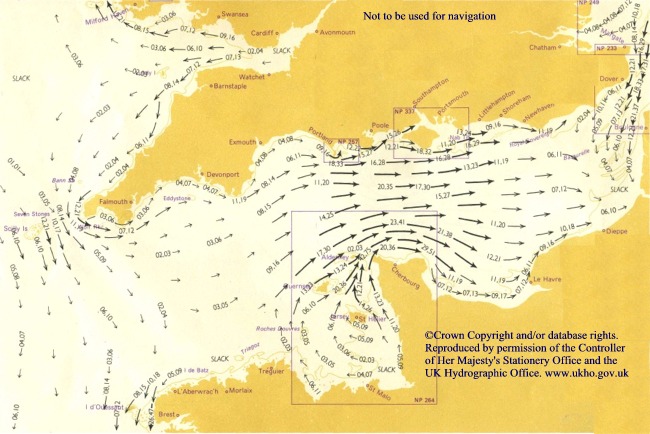It is also noticeable, IMHO, that the S-Boote (E-boats) and the RN MTBs suffered significant losses (relative to the number in service at any one time, not more than two dozen or so on either side) from mines in this period. The Germans lost S23 on 11 July and S37 in mid-October. The British lost MTB 15, 16 and 17 in Sept.-Oct. (on three separate occasions).
The relevant literature does not explicitly say so, but in view of the shallow draught of these boats, and the fact that their skippers were probably better informed than most about where the minefields were, I'm inclined to think these losses were due to "floaters", or at least some of them.
S-boats themselves were also being used for fast mining at night by September IIRC. They were encountered doing so a few times. They'd of course be less likely to
spot floaters at night...let alone avoid them at speed. Again, it would be worth looking at each individual loss and what the S-boat was actually
doing on that sortie... S23 was lost off Calais, S37 east of Orfordness...I.E. check if they weren't actually operating
within known minefields (laid by EITHER side) at the time.
All in all, if the Germans had attempted to cross the Channel with 3,000 vessels, I think we can safely assume they would have run into a few floaters on the way - with the consequent disruption of formations as following tugs veered off course and collided, etc.
A few, yes - but Schenk notes that this issue of floaters and break-frees WAS recognised by the KM. Hence the development of the EMG mine.
The issue of currents in the English Channel is not as simple as it seems...
Extract from the Admiralty Tidal Stream Atlas for the English Channel...notice anything?

Only fields A1 and A2 were to be laid in the area of the strongest currents

By the time you get up-Channel to where the big fields - the
1200-strong B2 and B3 EMG fields - were to be laid, the currents are tapering off sharply. And the EMG was more able to cope with currents along with the rise and fall of the tide...and then there's the "slack" current area from Beachy Head to Dieppe and eastwards for a few miles that would keep the majority of floaters from the down-Channel fields away from the Narrows...
Interestingly - the LAST fields to be laid were the very small B1...
and the small C1 and C1A fields just north of the Narrows in that OTHER section of strong currents you can see entering the Narrows from the
north end. But they were to be laid as late as S minus 2, so there would be
less time anyway for floaters to break free than the A fields or B2 and B3 and both the D fields...
Thus minimising the amount of
German floaters that could potentially threaten the First Wave fleets. The KM can't of course do anything about
BRITISH-laid mines and
British-origin floaters...but they can work with the currents etc. to minimise their
own at least.
Twenty years ago we had Johnny Cash, Bob Hope and Steve Jobs. Now we have no Cash, no Hope and no Jobs....
Lord, please keep Kevin Bacon alive...
